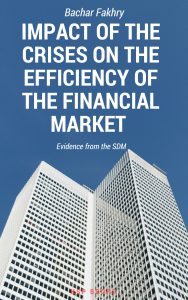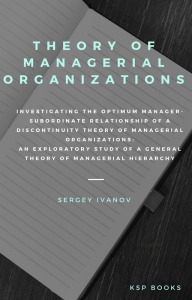Synopsis
This research explores the real effects of the monetization of a stylized one-sector capital growth model driven by rational representative agents. On the one hand, it introduces the appropriate adjustment to the state variable dynamic accounting equation to reflect a (paper) cash-in-advance or trade money finance constraint in the presence of exogenous real reserve requirements. Such constraint embeds real convertibility – even if not for idle real reserves-, conformable with the role of money as both general means of payment, unit of account and store of value, and with the purchase of money at the inverse of the (real product) general price level. Commodity money then arises as the special case of a 100% (real…) required reserve ratio. On the other, it suggests generalizations of the state equation that (also) encompass product immobilization – production-before-expenditure – constraints, as well as delays, or even real losses, along the money creation process, that, as the CIA assumption, reflect on inventory stock rotation. Additionally, one concludes that efficient outcomes require the use of (at least) two policy instruments. Two types of objective functions are considered: a standard accumulated discounted felicity function; and a point-wise utility function embedding bequest motives. Generalizations assuming taste for nominal growth at the utility level were staged for each case – taste for inflation may reflect psychological traits, compounding to and of similar nature to time discounting, implying distaste for increases in the (real) size of the nominal unit of account, working similarly to money illusion – possibly, to nominal discounting of utility over nominal arguments. Also, productivity enhancement due to nominal growth – working, say, through ease of inventory drainage – was simulated. Technically (mathematically), the hypotheses are convenient to generate non-negative growth of optimal per capita nominal money balances – and, therefore, prices – along the (and…) steady states. In real economies, price stability insures the constancy of money as measurement unit; such devices allowed to at least achieve a stable (non-negative) balanced inflation growth rate – but are consistent with residual barter trade of unsold merchandise. Nominal MIU was therefore also tested, as felicity functions combining real as nominal consumption as arguments. The analysis relies on a discrete methodology. A storable good economy is briefly confronted with some of the structures. Contrast (and merger) with a high-powered money supply multiplier mechanism is also briefly outlined. Time interval between transactions, the money rotation period, is endogenised.
Contents
About Author
ISBN
978-605-2132-53-1
Date of Publication
July 15, 2018
File Size: 1907 KB
Length: x + 128 pages
This work is licensed under a Creative Commons Attribution 4.0 International License.
















